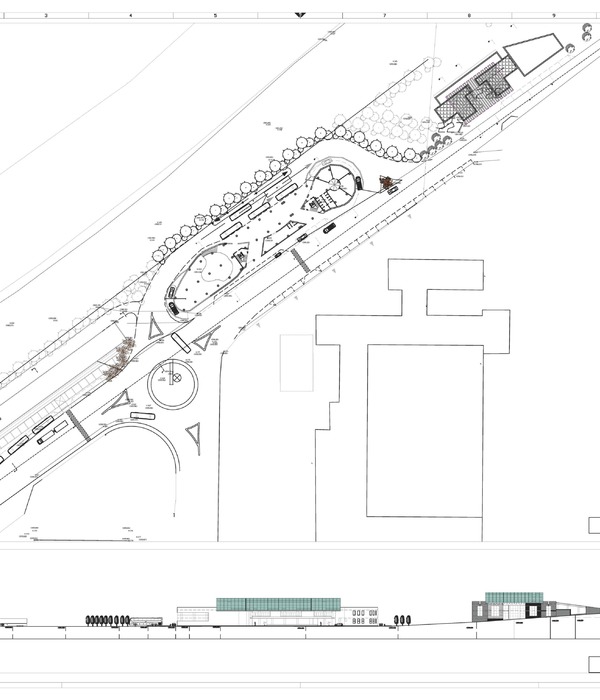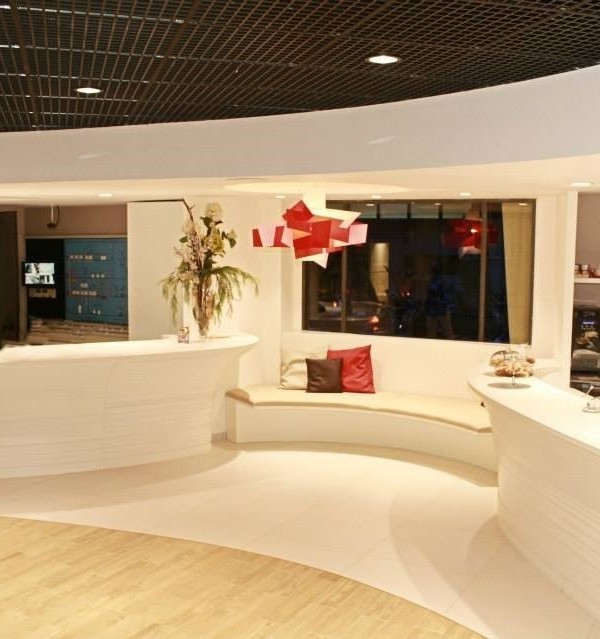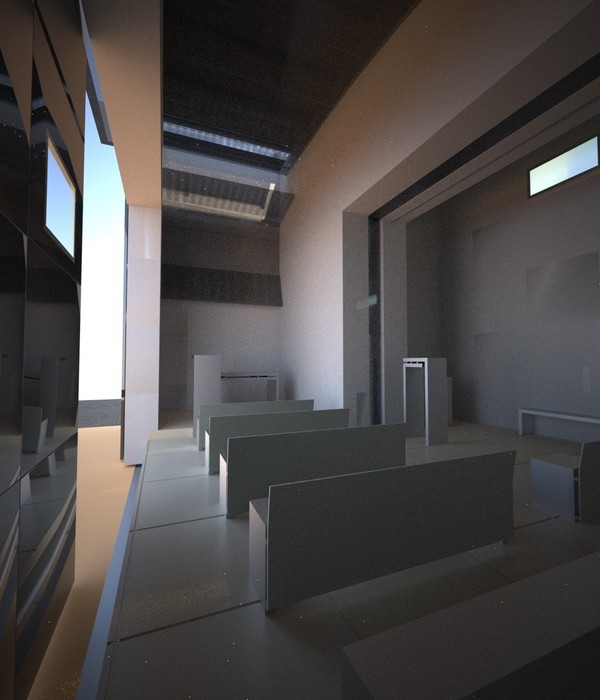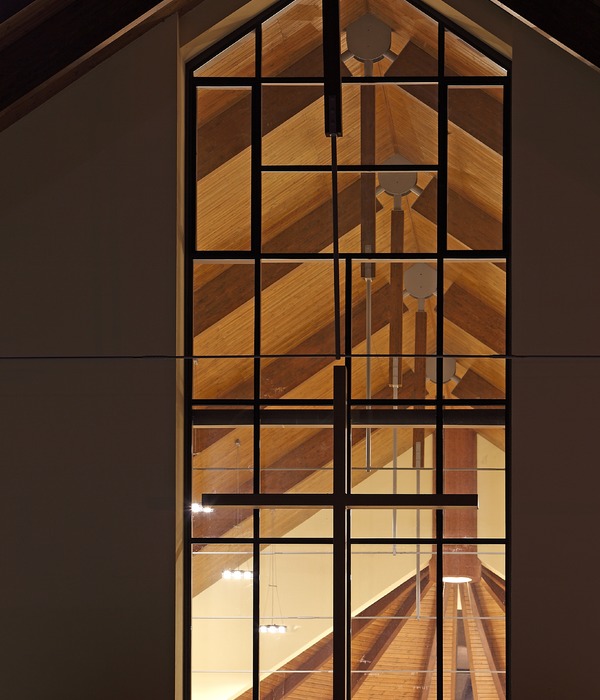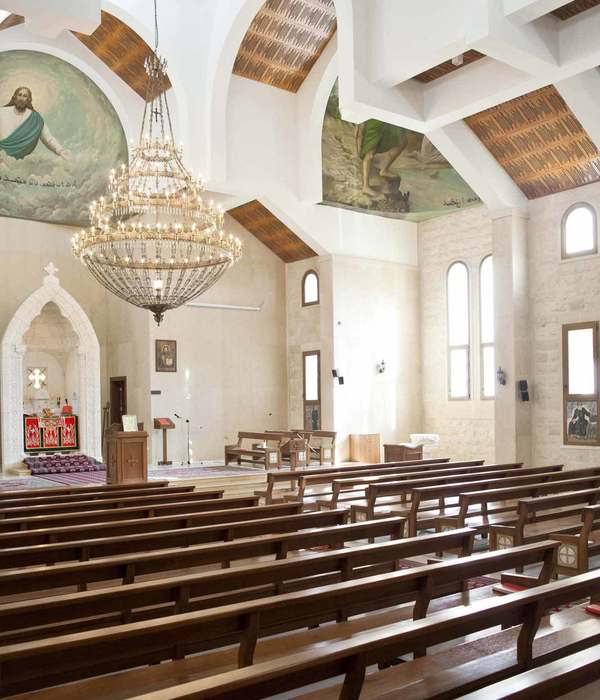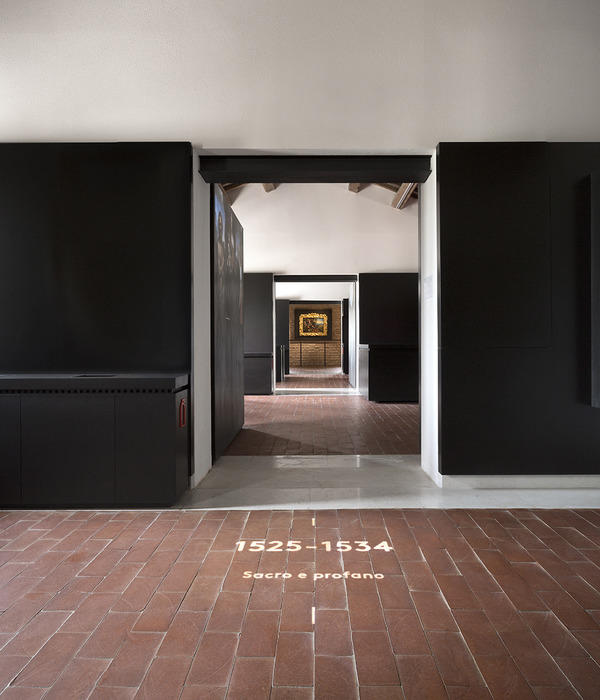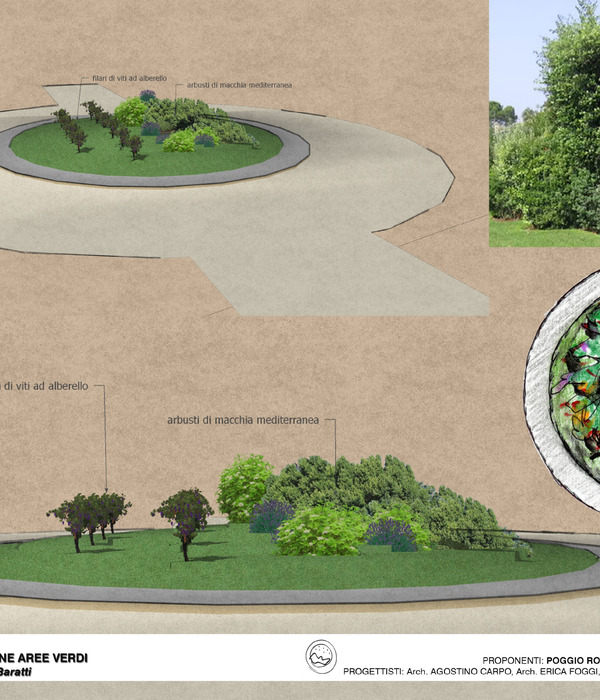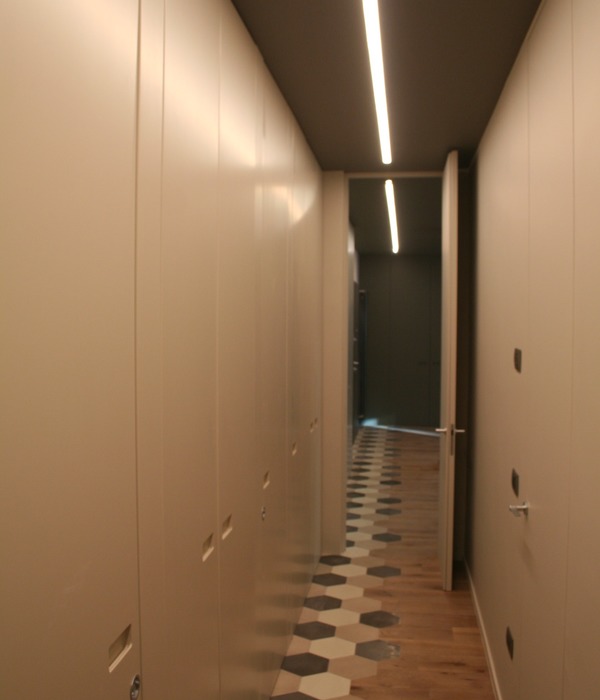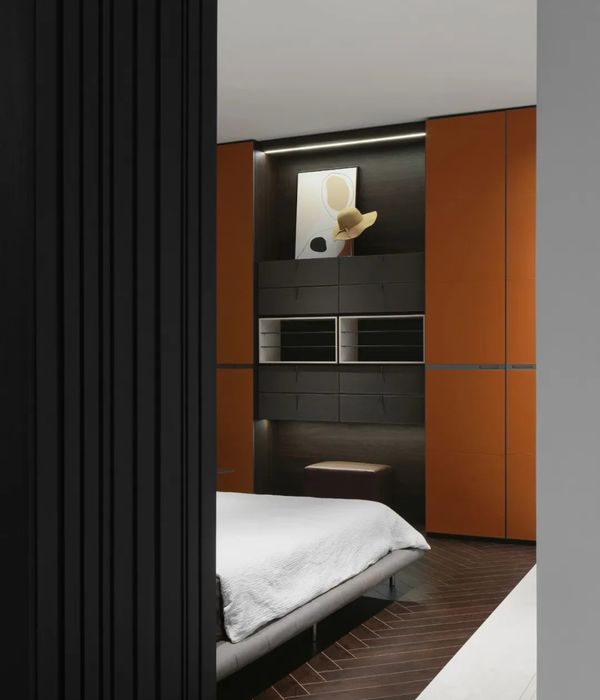Architects:Balta Istaba
Area:15549m²
Year:2019
Photographs:Eriks Bozis
Lead Architects:Ilze Rukmane-Poča (Balta Istaba)
Engineering:Celu comforts, Celu comforts - Edgars Leitis, “Trendfor” - Girts Viksna, Juris Orlovs, Liga Gaile, “OzT” - Gastons Gaspuitis
Landscape:Balta Istaba,Celu comforts, Balta Istaba and Celu comforts - Edgars Leitis
General constructor:Balta Istaba
Building constructions:Trendfor, Trendfor, Girts Viksna, Juris Orlovs, Liga Gaile,
Contractor:Sanart
Construction supervisor:Buvuzraugi Lv
Design Team:“Balta Istaba” - Ilze Rukmane - Poča, Zane Dālmane, Modris Fersters, Gatis Grāvers
Clients:Valmiera City Council
Consultants:Ivo Lakučs, Latvian BMX coach, technical consultant of BMX track and building
Road Infrastructure In The Area:Ceļu comforts, Edgars Leitis,
Detailing Of Metal Structures:OzT, Gastons Gaspuitis,
External And Internal Engineering Solutions:Elektro projekti, Guntis Dzerins
Heating And Ventilation:Eku inzeniertiklu projektesanas birojs, Aleksandrs Bulatnikovs
Heat Supply:MN Projekti, Maris Nagla
Water Supply And Sewerage –:Inga Meirāne
Rainwater And Sewerage:Inga Meirāne, Edgars Leitis,
Electronic Communication Systems And Fire Automation Systems:Pro Projekts, Agris Lapsuks, Ilgvars Kozlovs
Overview Of Fire Safety:PFS, Aigars Melnalksnis,
Calculation Of Energy Efficiency:Jaunriga EKO, Edgars Stumrovics,
Economic Part:Janis Ozols
Author Supervisor:Balta istaba
City:Valmiera
Country:Latvia
Text description provided by the architects. The Māris Štrombergs BMX track in Valmiera, Latvia – named after the two-time Olympic and world champion from Latvia – is a significant contribution to both the global sport of BMX and to the regional sports infrastructure of Latvia. ‘This is one of the few BMX tracks in the world designed not only with a focus on UCI (Union Cycliste Internationale) regulations and athlete comfort and safety, but also on the aesthetics of the facility’s architecture. In addition to the building being a highly functional sports facility, it also serves as a bold icon of recognition for the city,’ emphasises Ilze Rukmane-Poča, the architect of the new facility.
The new BMX track is located on the grounds of the Vidzeme Olympic Centre, in Štrombergs’ hometown of Valmiera, Latvia’s sixth largest city. Covering a total area of more than 15,500 m2, the BMX track has start hills at heights of 5m, 8m and 3m. The width of each track is at least 8 metres at the straights and up to 14 metres wide at the corners, and their total length is just under one kilometre. This is the only track in the world where it is possible to simultaneously hold competitions with three different starting hill heights, thereby saving time and creating a more efficient running of events.
The jumps and corners were created from clay soil laid on a base of drained, frost-resistant sand and coarse-fraction mineral material. Thomas Hamon, an experienced specialist from the company Pro Tracks and the designer of the BMX track for the forthcoming Tokyo Olympic Games, aided in designing the features of the track layout and field of play.
The BMX starting gate building consists of two rectangular structures – the start hills – configured at a 10-degree angle to one another. The structures have been placed so that prevailing winds do not interfere with athletes’ starts.
The architectural form of the starting gate building fully embodies the principle set by the outstanding 20th-century American architect Louis Sullivan – form follows function. In order to serve the function to the fullest, a strong and long-lasting trinity of materials was selected: metal, concrete and wood. Metal dominates in the load-bearing structures as well as being the main component used in the finishing and detail work. In contrast, the timber-frame buildings feature a finish of natural, lightly bleached larch wood.
When designing the building, the principles and techniques of BMX were closely studied and analyzed, which is why a crucial aspect in creating the architectural composition was the tandem of rhythm and dynamics. Having the right rhythm is the main key to success for a BMX rider. Likewise, the dynamics that can be observed in every movement made by a BMX rider flying along the track is accentuated in the main facades of the building featuring two symbolic images of Māris Štrombergs ‘drawn’ in perforated metal. The first image reflects the dynamics seen on the track – the athlete’s body crouched in mid-flight before landing the next jump; the second is a shot of the athlete at the finish line, winning Olympic gold.
The documentary images are stylized and hyperbolized, giving the project emotional agency. Thanks to the impressive size of the images, they can also be seen from a distance when driving along the city’s main street. From afar, the dynamics of the images especially stand out against the static nature of the structure.
The building has been designed for a capacity of ~90 people; only up to 30 people can be found on the track at the same time, which is why it has supplementary fencing. The BMX track has been designed as a training track, but the facility can be adapted to competition needs with space for ~3000 spectators. The track has been equipped with a MYLAPS timing system with split points at several places on the track and at the start hills.
The space beneath the start hills has been fitted with autonomous integrated wood-frame buildings. ‘The rooms located beneath the start hills can be used for theory classes, BMX bicycle maintenance, lectures, athlete lounges, and trainer courses. The highest-level competitions can be held at this facility because everything is well thought-out, comfortable, safe, and adapted to the finest of specifics for the sport of BMX,’ remarks award-winning Latvian BMX coach Ivo Lakučs on the brand-new sporting facility.
In less than six months since opening, the modern sports complex has hosted both the 2019 Latvian BMX Cycling Championship and the European BMX Championship, which brought together 1,060 athletes from 26 European countries.
The project has been recognised as the most ambitious sports facility constructed in Latvia in 2019.‘The future of this track will be as big as we ourselves make it. It has every opportunity to be quite impressive!’ – Māris Štrombergs.
Project gallery
Project location
Address:Valmiera, Latvia
{{item.text_origin}}

